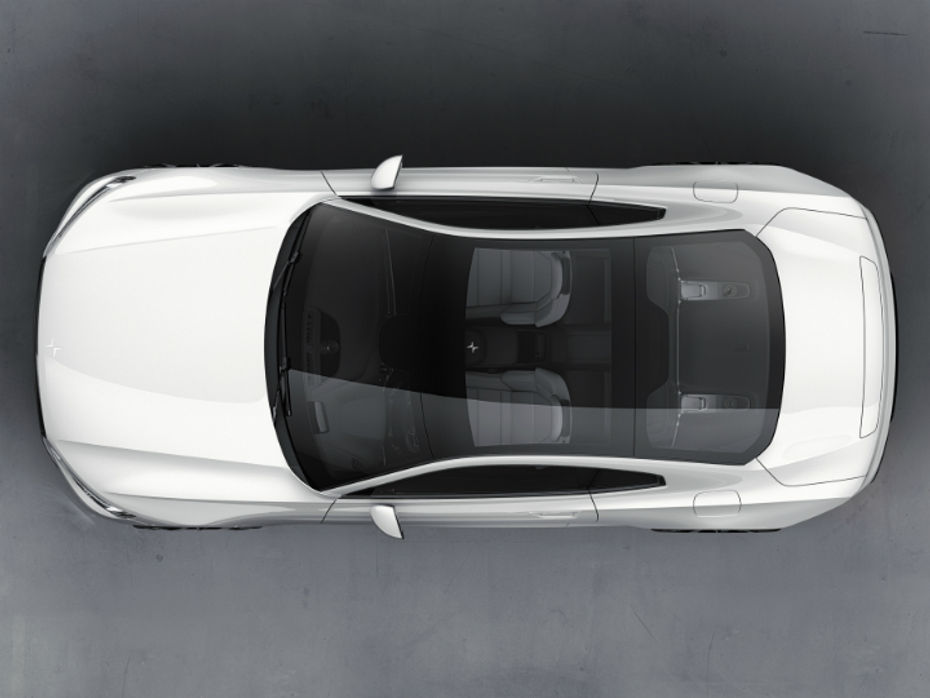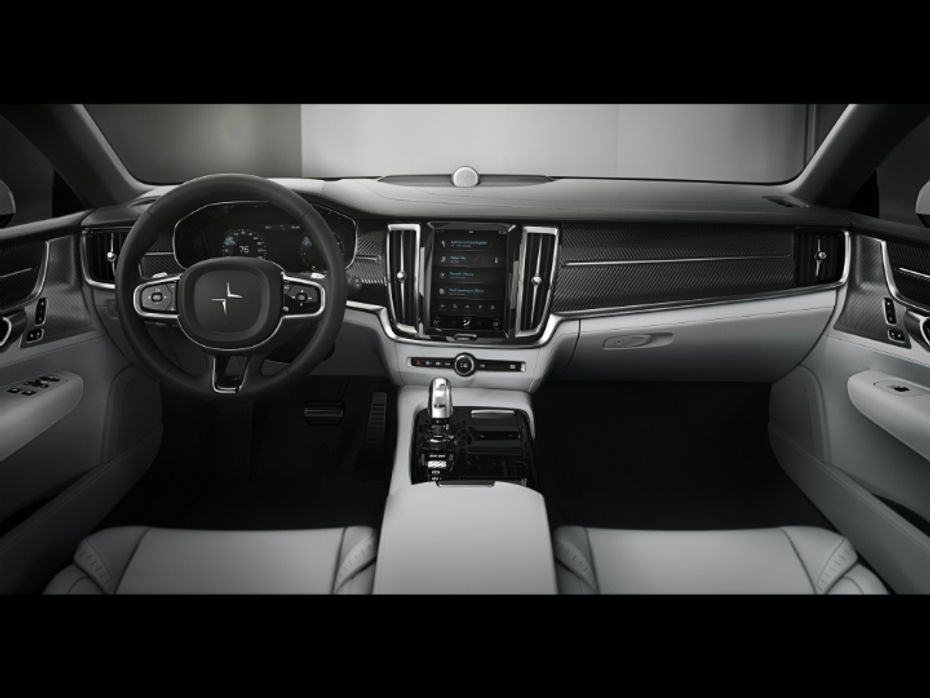
Volvo Betting Big On Electrified Powertrains
- Jul 6, 2017
- Views : 8297


Volvo's performance sub-brand has reinvented itself as an independent premium all-electric performance car manufacturer. Polestar will continue to use Volvo's (and Chinese owner Geely's) extensive resources but is also setting itself apart by setting up its own manufacturing facility in China. It also plans to set up a separate worldwide retail network with heavy dependence on digitisation and by offering a unique ownership experience.
By the end of 2021, Polestar will have three cars in its portfolio - the Polestar 3 all-electric SUV, a Tesla Model 3 rival Polestar 2 all-electric sedan and this, the Polestar 1.

The Polestar 1 is an electric-hybrid 2+2 Grand Tourer which will be the halo product for the company. To be launched by late 2019/early 2020, only 500 units of the 1 will be available for customers worldwide, per year. Interested customers can book their own Polestar 1 immediately.
The Polestar 1 is not a pure electric car, but it does have an impressive electrical powertrain. Two electric motors, with a combined power output of 218PS/480Nm, drive the rear wheels, drawing energy from three battery stacks delivering 34kWh. In pure electric mode, the powertrain (which can also draw power from an integrated starter generator) can develop a total of 264PS of maximum power and 620Nm of peak torque, which is not very impressive in terms of performance. The kick here is that in the pure electric mode the Polestar 1 has a claimed range of 150km!

This is supposed to be a performance car and hence, Polestar has added a 2.0-litre, 4-cylinder, turbocharged and supercharged Drive-E petrol engine which powers the front wheels. When combined with the electric motors, the whole hybrid powertrain has a rated output of 608PS of maximum power and 1000Nm of peak torque! For a 2+2 seating 'GT' car, that is a serious amount of performance. The Polestar 1 could potentially rival cars from brands like Porsche, Aston Martin, Lamborghini etc. Performance figures of the car have not been revealed yet, but considering the power output and the low kerb weight, it should be... electric. High-speed handling is improved by a deployable rear spoiler which rises up at speeds above 100kmph and retracts to its flush position below 70kmph.

The Polestar 1 will not be just a straight line wonder, it has been tuned to be a great canyon carver too. While the 1 uses the modular platform that underpins the S90 sedan, Polestar engineers have reduced its wheelbase by 320mm and overall length by 200mm to make it more agile. Extensive use of carbon fibre and aluminium has lowered the unsprung mass for better handling. A 48-52 per cent front and rear weight distribution is achieved thanks to the placement of the battery stacks in the chassis.
The individual rear electric motors allow for torque-vectoring without compromising on speed, as is the case with cars that use brakes to achieve the same effect. A double wishbone front suspension is not just good for quick steering but also counters the torque steer that is usually associated with a powerful front-wheel-drive setup. The rear suspension uses an integral link design with, get this, transverse-mounted composite LEAF SPRINGS! Paired with continuously controlled electronic dampers from Öhlins, the first one of its type in a production car in the world, the suspension apparently helps the Polestar 1 have neutral cornering characteristics, minimum body roll and low NVH levels.

While the Polestar 1 is closely based on the 2013 Volvo Coupe Concept, the use of carbon-fibre reinforced plastic (CFRP) has greatly influenced the design of the car. The low roofline has been achieved as the roof cross section didn't need to be very thick; the strong roof also allowed Polestar to offer an almost completely panoramic sunroof. The extensive use of CFRP also helps keep the kerb weight of the car low, while making the whole monocoque stiffer. The large 21-inch alloy wheels point to the sporty credentials of the Polestar 1; the rear wheels are shod with 295mm-section tyres while the fronts are 275mm-section units.
Inside, the Polestar 1 can be identified as a part of the Volvo family but uses handcrafted leather and carbon fibre for a unique feel. As is Volvo tradition, the Polestar 1 is fitted with a Bower & Wilkins surround sound system.

A highlight of the Polestar 1 will be the ownership experience. While Polestar will have separate retail outlets around the world, customers can choose to spec and buy their car without ever stepping out of their home. All Polestar cars will be offered with a two/three-year fixed subscription whereby customers can pay a monthly fee to add or delete services as per their requirements. You could book your car service online, and a Polestar service executive can take your car to the service centre and bring it back without you doing so. You can add services/accessories to your car for a specified period as well. All this ensures you do not pay a high upfront payment to own a Polestar.
Though Polestar has not stated any plans about launching the 1 in India, more details about the same may be revealed closer to 2019.

Volvo Betting Big On Electrified Powertrains

Volvo's Parent Company Buys Britain's Iconic Lotus!

5 Things That Make The Volvo V90 Cross Country Special

Volvo XC40 Is The SUV India Wants

Opinion: Volvo XC90 Accident: Why Safe Cars Do Not Equal Safe Roads

Renault Extends Standard Warranty On Kwid, Triber, And Kiger To 3...

Hyundai Exter: Welcome To The New World Of Thrills And Technology

Hyundai Creta Level-2 ADAS Explained, Perfect For Indian Road...

Hyundai Exter: An Year Long Ownership Experience That Left Us Wanting...

2024 Toyota Camry Launched In India At Rs 48 Lakh; Now...
India's largest automotive community
 Kia Syros
Rs. 8.99 Lakh
Kia Syros
Rs. 8.99 Lakh
 Vayve Mobility Eva
Rs. 3.25 Lakh
Vayve Mobility Eva
Rs. 3.25 Lakh
 BMW X3
Rs. 75.80 Lakh
BMW X3
Rs. 75.80 Lakh
 Hyundai Creta Electric
Rs. 17.99 Lakh
Hyundai Creta Electric
Rs. 17.99 Lakh
 Lotus Emira
Rs. 3.22 Crore
Lotus Emira
Rs. 3.22 Crore